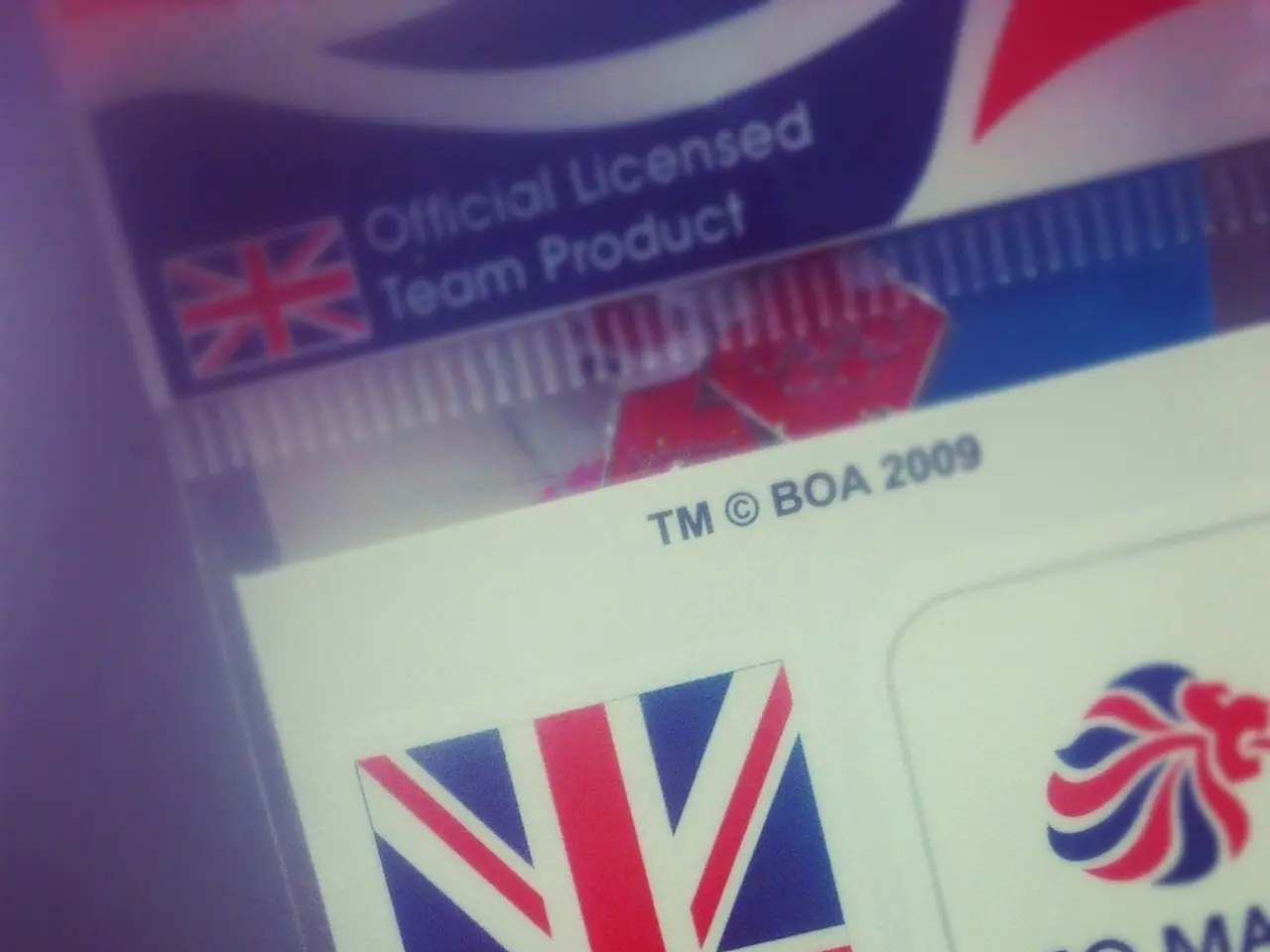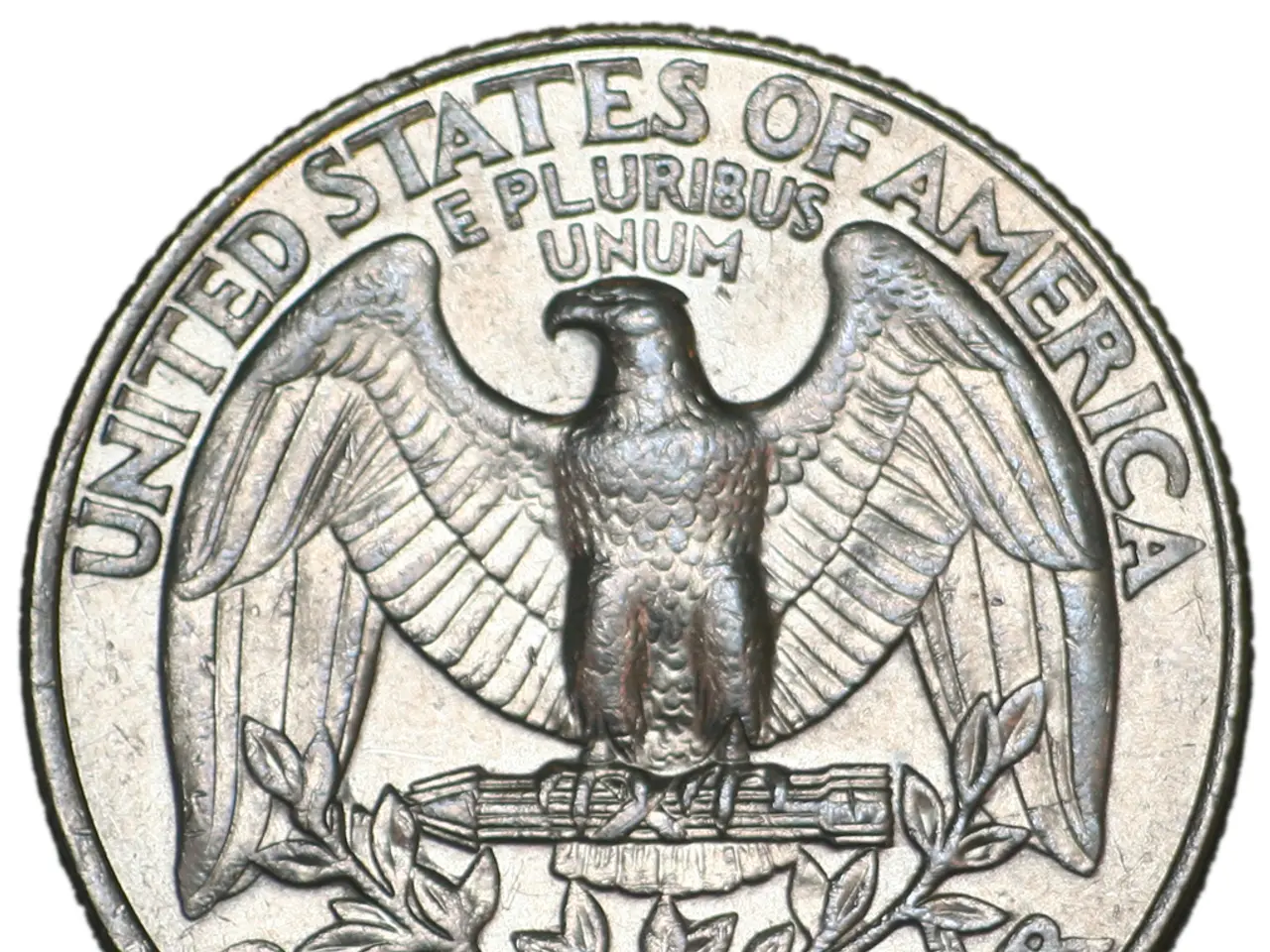A Fresh Look at Refinancing Your Mortgage
Mortgage Revamp: Understanding Its Concept and Operations
Swapping your current home loan for a new one can offer you some amazing benefits. Whether you're aiming to lower your monthly payments, change your loan type, or tap into your home's equity, refinancing can be the solution. Here's a straightforward guide on how it's done and the various types of refinancing available.
What is Refinancing?
Refinancing is a process where you replace an existing mortgage with a brand-new one, adjusting your rate, term, or both. You can stick with your current lender or shop around for a better deal.
How Refinancing Works
Refinancing your home is much like the process of buying a home. Here's a general walkthrough of the steps:
- Apply for a refinance loan and go through a credit check.
- Submit financial documentation.
- Pay for a home appraisal.
- Go through the mortgage underwriting process (average timeframe: 30 to 45 days).
Real-Life Perspective
Did you know? As of January 2025, the average time to close on a refinanced mortgage was 48 days, according to ICE Mortgage Technology.
Types of Refinancing
Rate-and-Term Refinance
- Adjusts your mortgage's interest rate or loan terms.
Cash-Out Refinance
- Allows you to withdraw cash from your home's equity. This increases your mortgage debt but provides you with extra cash for investments or projects.
Cash-In Refinance
- Pay a lump sum to decrease your loan-to-value (LTV) ratio, resulting in lower monthly payments and, potentially, a reduced interest rate. This requires upfront cash.
Low-Cost Refinance
- Various refinancing options available with reduced closing costs. These usually involve higher monthly payments or a higher interest rate.
Short Refinance
- If you're struggling to keep up with mortgage payments, your lender might offer this. The new loan is lower than the original amount, and the lender forgives the difference.
Reverse Mortgage
- A mortgage option for homeowners aged 62 or older, allowing them to withdraw their home's equity and receive monthly payments from their lender.
Debt Consolidation Refinance
- Refinancing to repay non-mortgage debts like credit card balances.
Streamline Refinance
- This type of refinance accelerates the process by eliminating certain requirements like a credit check or appraisal. It's available for FHA, VA, USDA, and Fannie Mae and Freddie Mac loans.
Steps to Refinance Your Mortgage
- Establish a clear financial goal.
- Assess your credit score and history.
- Evaluate your home equity.
- Shop multiple mortgage lenders.
- Gather necessary paperwork.
- Prepare for the home appraisal.
- Close the deal with any required cash upon signing.
- Keep track of your loan to ensure everything is progressing as planned.
Pros and Cons of Refinancing
Pros
- Lower interest rate
- Lower monthly mortgage payments
- Shorter loan term
- Access to cash for home improvements or debt repayment
- Switch from an adjustable-rate to a fixed-rate mortgage
- Eliminate private mortgage insurance
Cons
- Closing costs
- Longer loan term, leading to increased costs and delayed payoff
- Less equity in your home if you take cash out
- Borrower's remorse if rates drop substantially after closing
- Lengthy process (15 to 45 days or more)
- Temporary impact on your credit score
Your Personalized Refinance Journey
Refinancing your home can be a smart move if you plan to stay there for several more years. By extending your loan term to lower monthly payments, tapping into your home's equity for home improvements, or taking advantage of a lower interest rate, you could secure financial stability. Just make sure you weigh the pros and cons and take your unique financial situation into account before making a decision.
"When contemplating refinancing, ensure that your savings outweigh the costs," says Jeff Ostrowski, our principal writer. "For instance, you might refinance to eliminate an FHA loan mortgage insurance, which could help seal the deal." And as refinance rates begin to ease, now might be an ideal time for those with high interest rates to explore their options. Always keep in mind that each individual's refinance approach should be tailored to their specific circumstances. Happy refinancing!
- A student who wants to use their home equity to finance their education might consider a cash-out refinance, enabling them to withdraw cash from the equity in their home to cover educational expenses.
- To manage their personal-finance better, a homeowner could refinance their mortgage to a shorter term, leading to lower interest payments and a quicker payoff, freeing up funds for other financial goals, such as saving for retirement or paying off high-interest debts like student loans.




